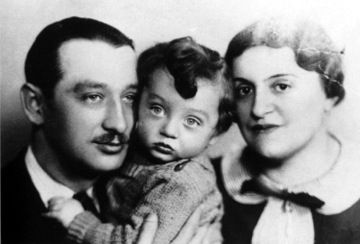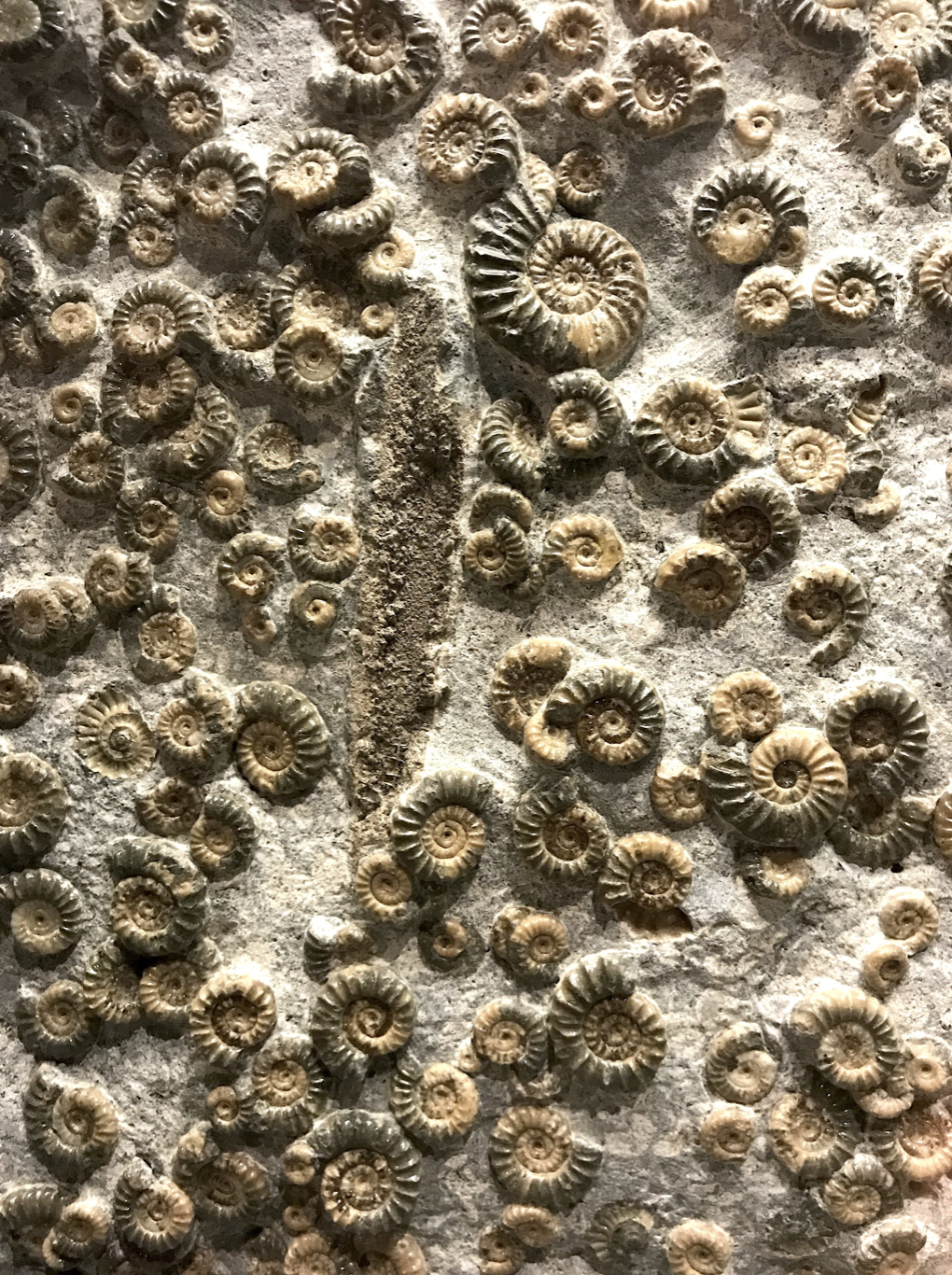Photography is a powerful tool. How many people take pictures every day, hoping to capture bits of life as it happens? People treasure photos as access points to their memories.
Most of us did not experience World War II concentration camps, yet we can have knowledge of them, both intellectual and visual. Our most referenced sources of knowing are historical records, written and oral histories, and powerful pictures displayed in history books and Holocaust memorials all over the world—pictures of the abused, pictures of the dead.
Nazi Germany established about 20,000 camps to imprison its millions of victims. These camps served different purposes, and only a small fraction of those imprisoned survived. The most infamous camps were those that exterminated people, killing centers designed to expedite the “Final Solution,” the mass genocide and destruction of the Jews. (1)
The Auschwitz complex was the largest of its kind, with three main camps: Auschwitz I; Auschwitz II (Birkenau, the killing center), and Auschwitz III (Monowitz). The complex housed the heinous pseudo-scientific work of SS Captain Dr. Josef Mengele. Zyklon B was first tested here in 1941. More than a million people were killed here. (2)
Much of the concentration camp photography and footage we see was taken by those liberating the prisoners of the Nazis. Most of the rest are from the Nazi point of view. From Auschwitz, we know of a limited number of official pictures taken for administrative and pseudo-medical recordkeeping purposes (3). We also know of two unofficial albums. One contains 116 pictures of SS soldiers and workers going about their days together—hunting, singing, trimming a Christmas tree (4). The second, called the Auschwitz, or Lili Jacobs Album (5), contains photographs of people arriving via boxcar to the ramps, the sorting and selecting of the prisoners, the prisoners in lines and rows, some in uniform, others taken to the woods.
Besides the people of the Auschwitz Album, there are 22 photographs of stuff. Piles and piles of bagged stuff. What was inside? Belongings, perhaps mementos. Like most of the people in the pictures, the mementos were destroyed. The goal of the “Final Solution” included leaving no trace.
***
The German Nazis did not succeed in their goal, but they destroyed millions of people and decimated culture. Sadly, it is their acts that that often define the people persecuted: we see the people as the taken, the victims, the dead. In both the Nazi pictures and pictures taken by the liberators, it is the abuses that we see. These pictures are invaluable evidence, but how can we see what once was, and what might have been, in starving eyes, crowds of people treated like cattle, and piles of bodies? It is easy to disconnect, to see the evidence and forget the humanity.
The Holocaust Memorial Center in Farmington Hills, Michigan helps visitors remember. Its appearance and placement in the community, with architecture echoing a concentration camp, fully visible from a busy street, flanked by a bank and a Chinese restaurant, challenges passerbys to consider the horrors of the Holocaust in the everyday. It houses a permanent exhibit exploring Jewish history and culture prior to World War II. Area Holocaust survivors speak to tour groups. And the special exhibit The Last Album: Eyes from the Ashes at Auschwitz-Birkenau gives visitors other images to consider, images that didn’t matter to the Nazis, images that tell us what, and who, the people victimized wanted to remember.
***
To curate, in its most old-fashioned sense, means more than gathering a collection. The word implies a sense of care. In 1986, Ann Weiss separated from her guided tour group at Auschwitz I. She wanted silence, and took some time before seeking to rejoin the group. When she began looking for them, she got lost. She could hear voices, but could not see them, when she encountered an employee. The employee invited her to see something not on the tour: a collection of about 2400 photographs. The pictures were not of abuses. They were not from the Nazi perspective, officially or unofficially. They were the spared mementos of prisoners, specifically from the people in the final liquidation and deportation of the Bedzin ghetto, August 1-3, 1943.
From that moment forward, Weiss began to care for the photographs. She sought to copy them and bring them to the light; she sought people who might remember those in the pictures. She gathered stories and made connections. Her work is collected in a book, and in this traveling display. By curating this collection, Weiss gives the viewer a chance to acknowledge a fuller reality surrounding the Holocaust.
The exhibition includes sweethearts and couples, portraits of children, friends walking together, people visiting resorts. Some of the people have been named, including eight pictures grouped together with the title The Huppert Family. In this portion of the exhibit, we learn that Artur, Grete, and their son Peterle sent notes and pictures to Artur’s parents. We see an artful picture, “The Triple Exposure of Artur Huppert,” a picture of Artur and Grete at their wedding celebration, two pictures of Artur and Grete with their son, Peterle, when he was 16 months old. Between the pictures of the family sit three portraits of Peterle at 16 months, with a beautiful head of curls.
The eighth picture in the Huppert family collection features a delighted Artur kneeling behind Peterle. Together they hold picture frame containing two portraits: Josef and Rosa Huppert, Artur’s parents.
The direct impact of the Holocaust on Artur, Grete and Peterle is told in the captions near the photos. It is recorded that Artur and Grete do not survive their transport to a slave-labor camp. Peterle was on the same transport as his mother, and his fate went unrecorded.
The pictures were brought to Auschwitz with love. It is love that makes them familiar to us. The viewer is invited to think beyond the violence, remember this common bond, and imagine afresh the loss. As Leon Wieseltier writes in the foreword to Weiss’ book:
“The greatest enemy of abstraction is suffering. … Pain is always endured in the particular. Suffering is always experienced concretely; and this experience of concreteness, this transforming encounter with facticity, humbles the mind, and disgusts it, and stimulates within it the sobering suspicion that its most strenuous task is not the development of ideas, but the acknowledgment of realities.” (6)
***
Along with the three portraits of Peterle, the following words (translated) were sent:
“As pretty as the moon, and we will all see each other again very soon, in freedom, in health, when all this is behind us. Love, your grandchild, until 120 (years).”
If only. If only Peterle had lived to be 120, a phrase evoking Moses and his good lifespan. If only the world had not known such cruelty and violence. If only the Huppert family album continued. The viewer is left to ponder not just the culture lost, and the lives lost, but the future lost.
And yet. The display calls us beyond loss, to remember something else too, to not let evil and death have, in the exhibit’s words, “the final punctuation.” It asks us to end the sentence with life.
***
The author wishes to acknowledge and thank the Holocaust Memorial Center of Farmington Hills, Michigan and especially the staff of the research library for their work and contributions to this piece.
Other sources:
(1) “Nazi Camps”, an article from the Holocaust Encyclopedia, available online at the United States Holocaust Memorial Museum website, http://www.ushmm.org/wlc/en/article.php?ModuleId=10005144, accessed January 16, 2013, 10:13 a.m.
(2) “Auschwitz”, an article from the Holocaust Encyclopedia, available online at the United States Holocaust Memorial Museum website, http://www.ushmm.org/wlc/en/article.php?ModuleId=10005189, accessed January 16, 2013, 10:38 a.m.
(3) Photographing the Holocaust: Interpretations of the Evidence by Janina Struk, reprinted in 2005, published in 2004 by I.B. Tarius & Co. LTD, 6 Salem Road, London W2 4BU, 175 Fifth Avenue, New York, NY 10010; in association with the European Jewish Publication Society, PO Box 19948, London N3 3ZJ; copyright Janina Struk, 1984
(4) Press release dated September 19, 2007, available online at the United States Holocaust Memorial Museum website, from http://www.ushmm.org/museum/press/archives/detail.php?category=02-collections&content=2007-09-19, accessed January 18, 2013, 3:50 p.m. Note: The USHMM also offers “Auschwitz through the lens of the SS: Photos of Nazi leadership at the camp.” It includes links to pictures from album mentioned, online at http://www.ushmm.org/museum/exhibit/online/ssalbum/
(5) The Auschwitz Album: Lili Jacob’s Album, edited by Serge Klarsfeld, The Beate Klarsfeld Foundation, 515 Madison Avenue, New York, NY 10022. Note: The original album is housed at Yad Vashem in Israel, which shares some of the contents online at http://www1.yadvashem.org/yv/en/exhibitions/album_auschwitz/index.asp
(6) The Last Album: Eyes from the Ashes of Auschwitz-Birkenau, Updated and Expanded, by Ann Weiss. Introduction by James E. Young, Foreword by Leon Wieseltier, Epigraph by Elie Wiesel. 2005-5765 The Jewish Publication Society, Philadelphia. Copyright 2001 by Ann Weiss, all rights reserved. Second edition, 2005.




